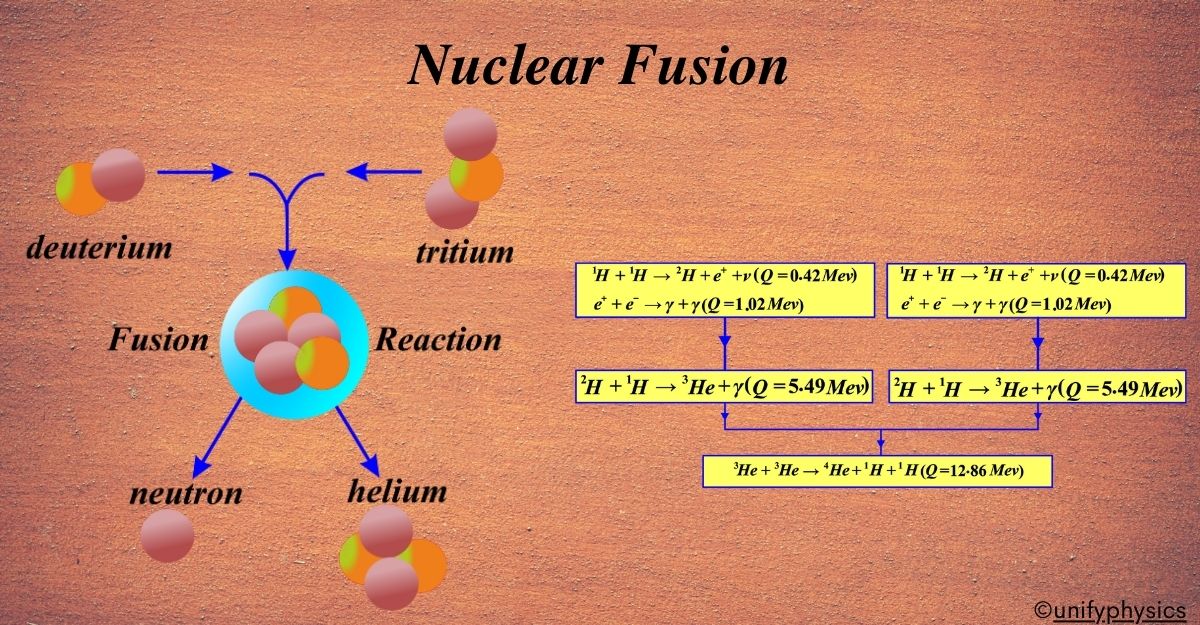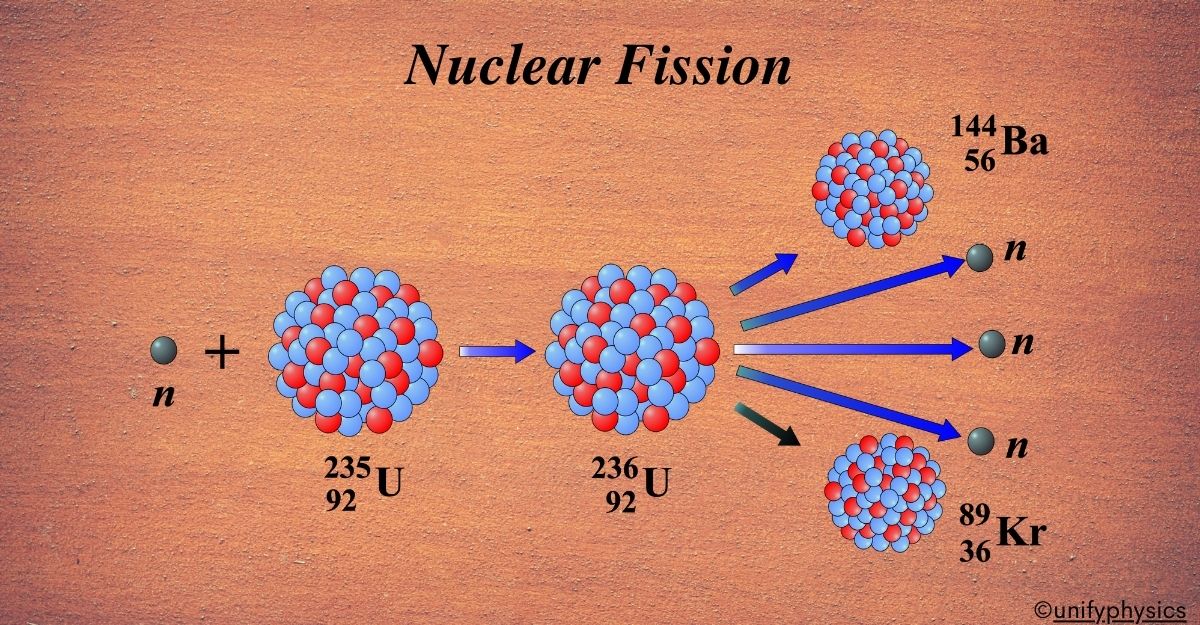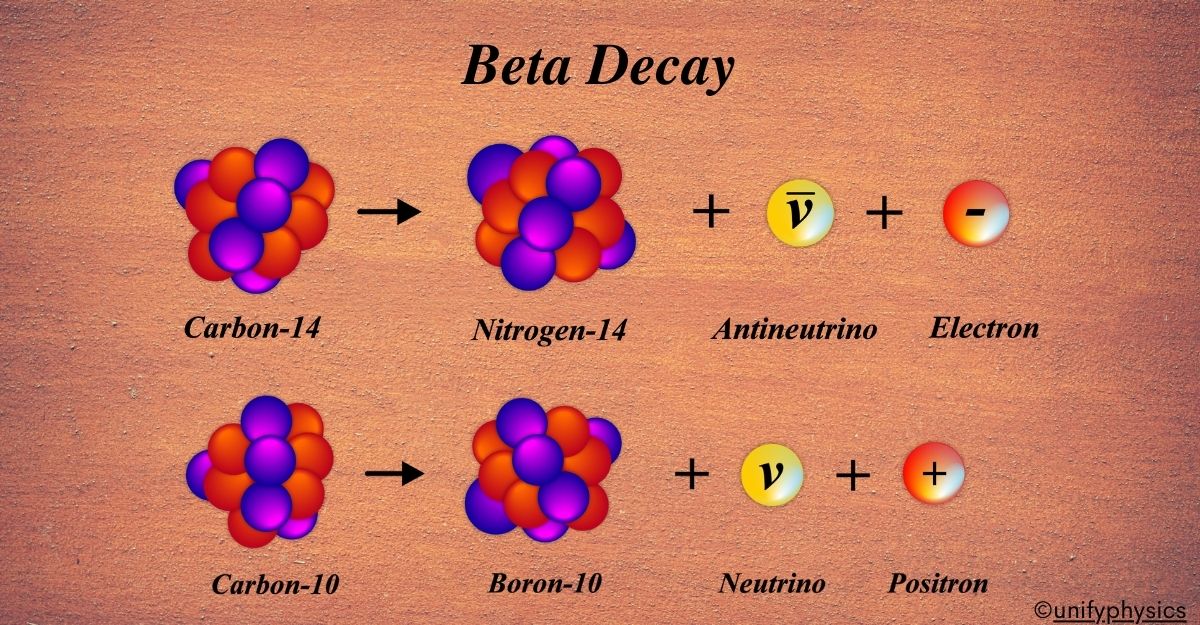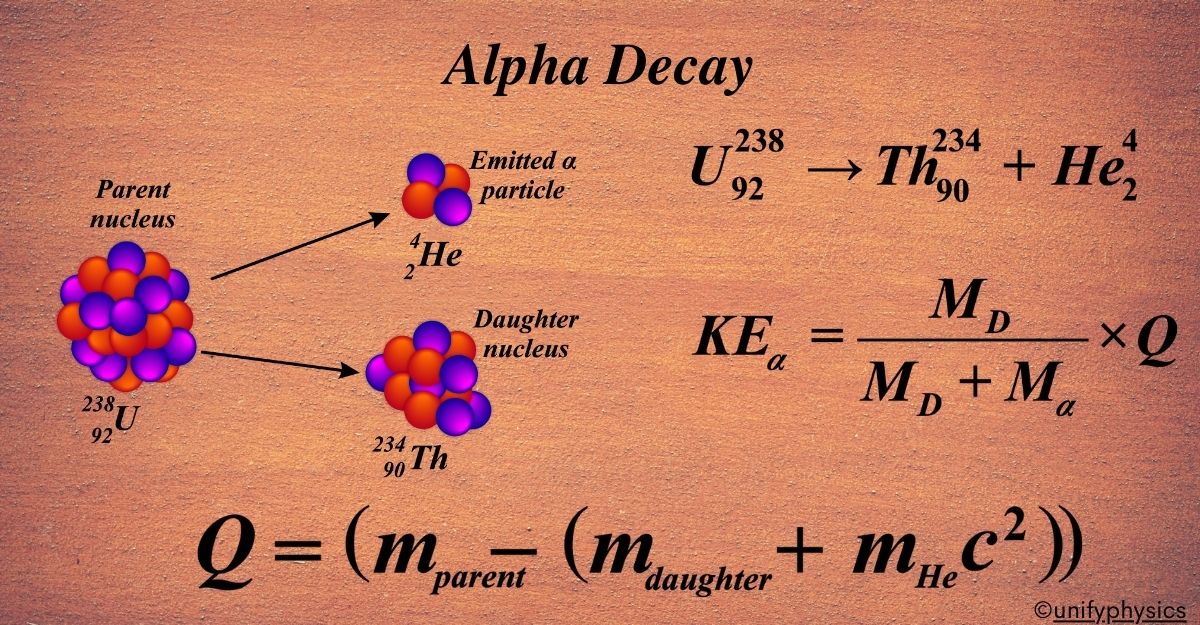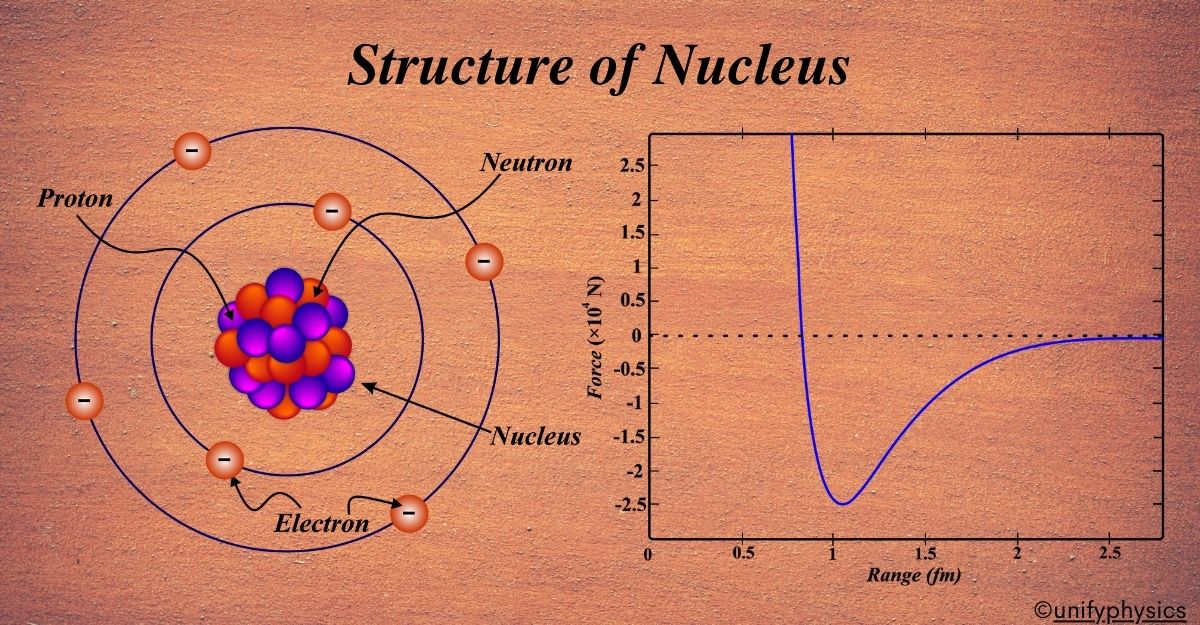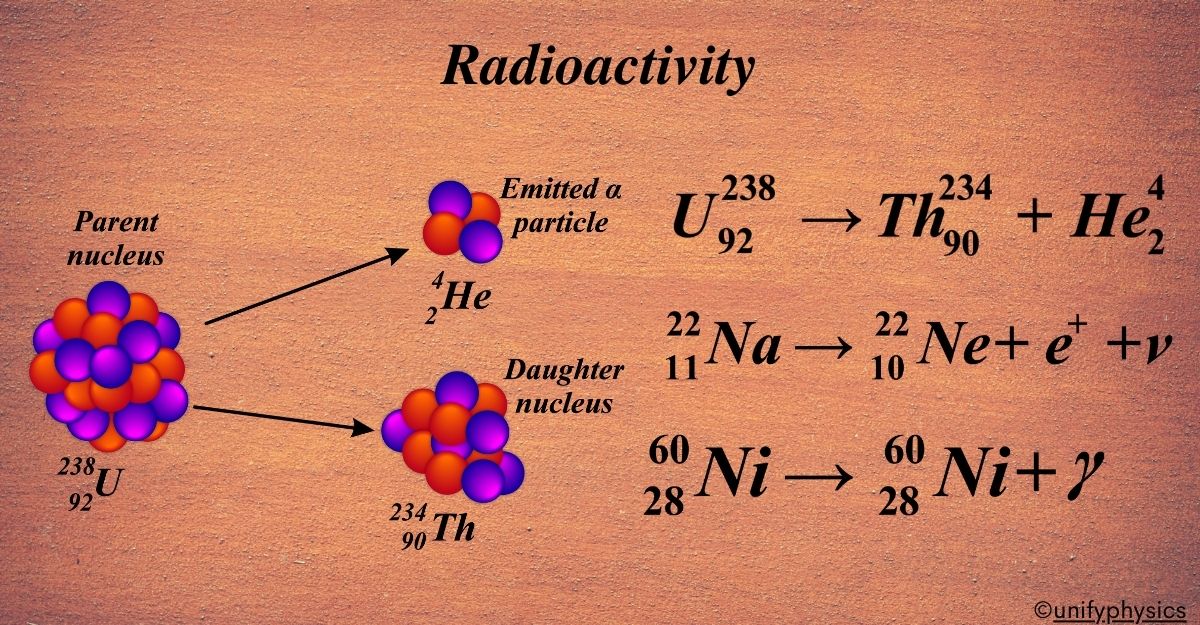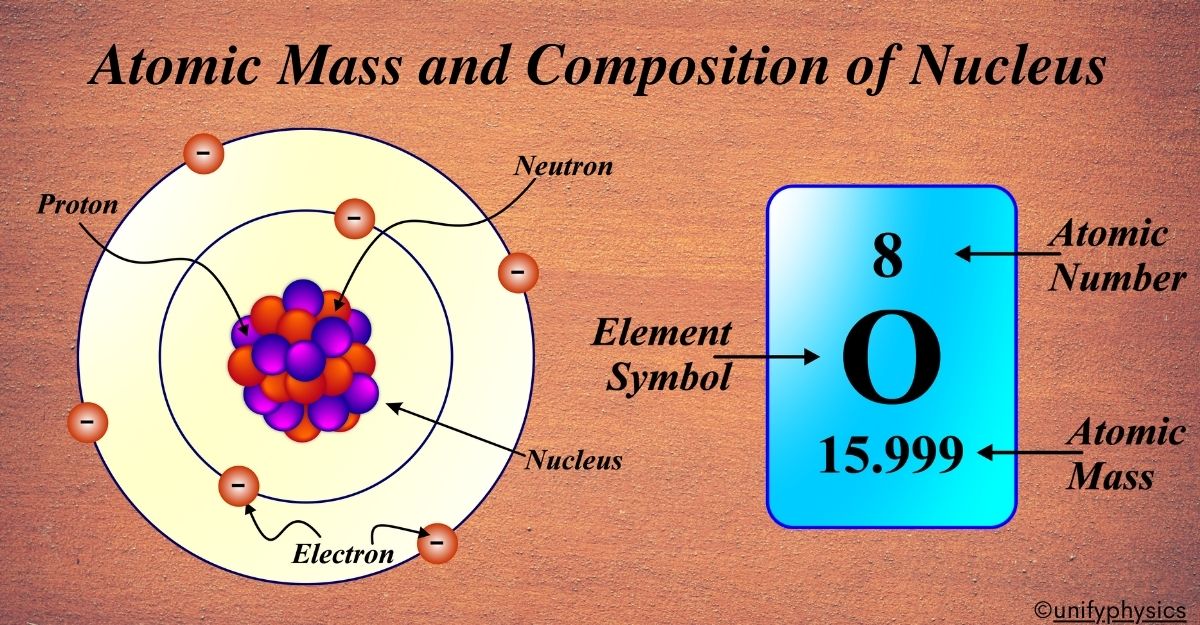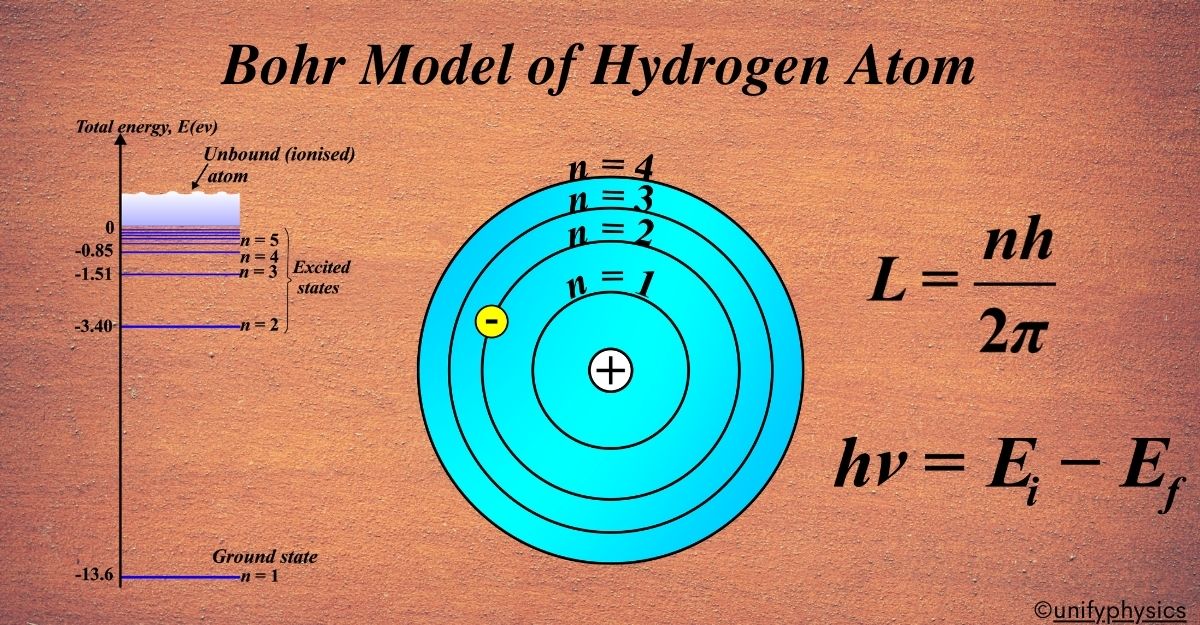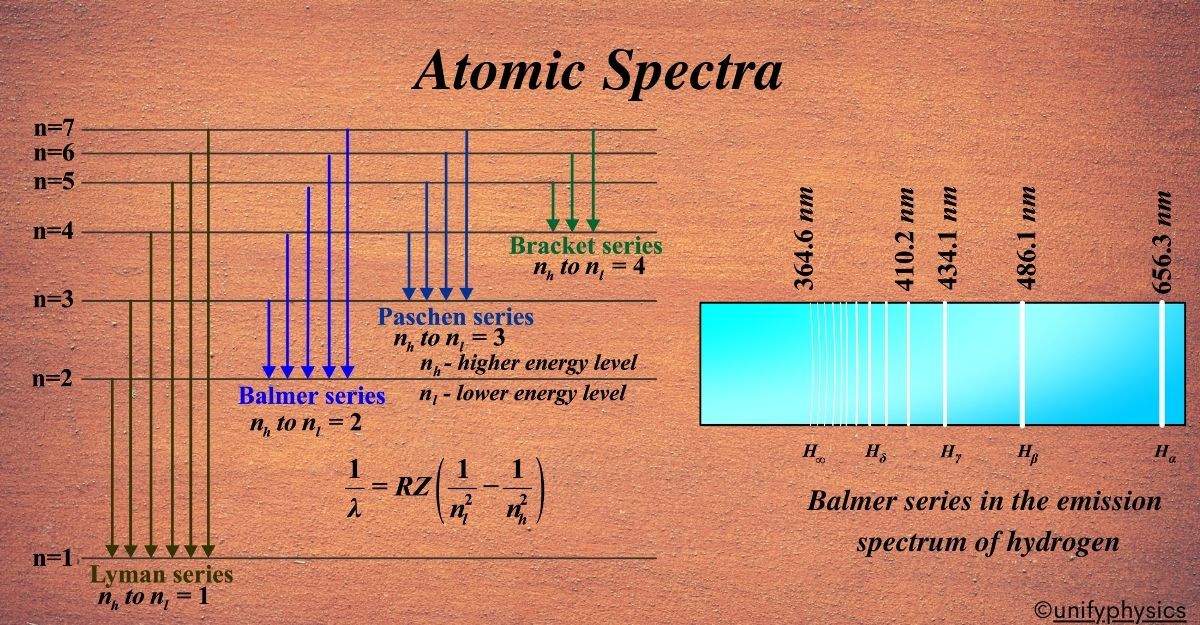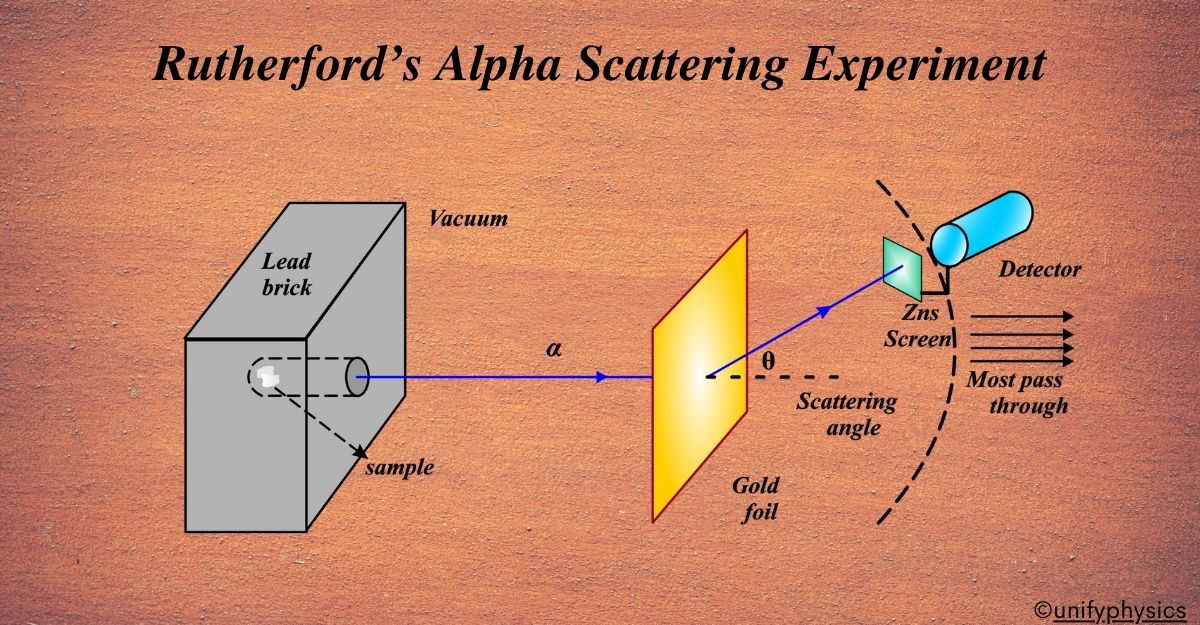Nuclear Fusion
The journey into the history of nuclear fusion starts in the early 20th century. Scientists were curious about how stars, including our Sun, produced such vast amounts of energy. The British physicist Arthur Eddington was one of the first to suggest that stars might be powered by nuclear fusion, combining hydrogen atoms to form helium … Read more
